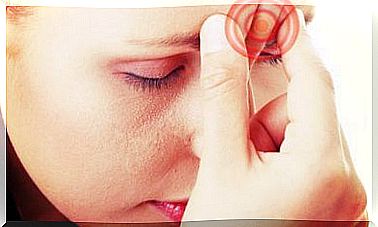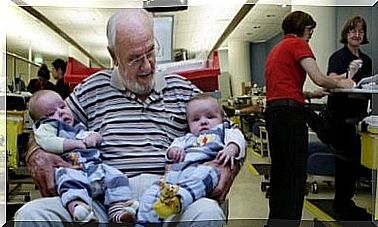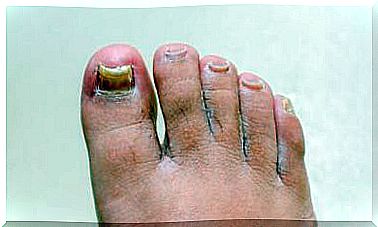What Happens In Our Body If We Do Not Release The Gas?
Retaining gas in our body has negative health effects. Find out what happens when we don’t kick them out normally.

Many times the expulsion of gases is shameful. Especially when we are surrounded by other people. At these times, we try to suppress them to avoid giving a bad impression.
Urinating, defecating, vomiting, and in particular, anything related to the expulsion of waste is unpleasant and unfavorable to our image. However, this is something natural.
Few people really know how dangerous it is to hold back gas. Likewise, the health consequences vary depending on the frequency of gas retention. The more often you do it, the more damage it gets.
Why is it bad to hold gas?

Flatulence can be caused by food ingested, by the air produced when speaking, or by bacteria generated during the digestion process.
It is necessary to expel the gases so that your health is not affected. Among the consequences of retaining gas we find:
- Abdominal pain
- More intense smell
- Stomach aches
- Peritonitis (in very severe cases)
- Inflammation of the abdomen
The release of gas is natural and each person must expel between 14 and 18 gases per day. If you have consumed foods high in fiber or gas, as is the case with soft drinks, this number increases.
Health problems
Doctors say that through gas we can know the state of our body. The smell and the components that cause them, as well as the amount expelled daily, shows how the digestive process is carried out.
Holding back a gas can make it harder to recognize these symptoms. Abdominal cramps or bloating can be caused by thousands of conditions, but if we have this bad habit, we don’t know what it really is. If you have other symptoms associated with gas such as:
- Temperature changes
- Rashes on the skin
- Blood in stool
- Weightloss
- Diarrhea
- Tired
It is important that you see a doctor immediately. Evaluate symptoms and do relevant examinations and tests to rule out disease. On the other hand, the most advisable thing, instead of withholding them, is to avoid their production, and this can be achieved by following several rules.
How to prevent gas
1. Take care of your diet

All food generates gases in the process of decomposition in our body. However, there are a few that increase this process and make the large intestine work twice as hard.
First of all, you need to reduce your intake of dairy products, such as milk, cheese, butter, ice cream, among others. You should also avoid consuming certain vegetables, fruits, and legumes:
- Cabbage
- Cucumber
- But
- Broccoli
- Onion
- Radish
- Cauliflower
- Raisins
- Prunes
- Beans, peas, lentils
Apart from food, there are other measures you can take to help your digestion process and prevent excessive gas.
2. Don’t overeat
Overeating, especially fatty foods or foods high in wheat or a mixture of these (milk, beans or lentils), will increase gas production.
3. Avoid carbonated drinks
Soft drinks, refreshments or beers contain a lot of air. This air goes directly to your stomach and generates swelling and therefore gas. Take them in moderation and try to do this without using a straw, as they make you swallow more air.
4. Chew well
It is recommended that you do not speak while eating. By talking a lot or consuming fluids while eating, you generate an air supply which can lead to discomfort and sabotage the feeling of fullness.
5. Don’t drink cold drinks at night
This will make your stomach “cold”. The most recommended thing in the afternoon is that you drink hot drinks or at room temperature.
It is always important to listen to our body. Take the question naturally, because we are all human and we have to expel the gases. Remember: while it is good to be modest and considerate, you should not interfere with your body’s natural processes.









